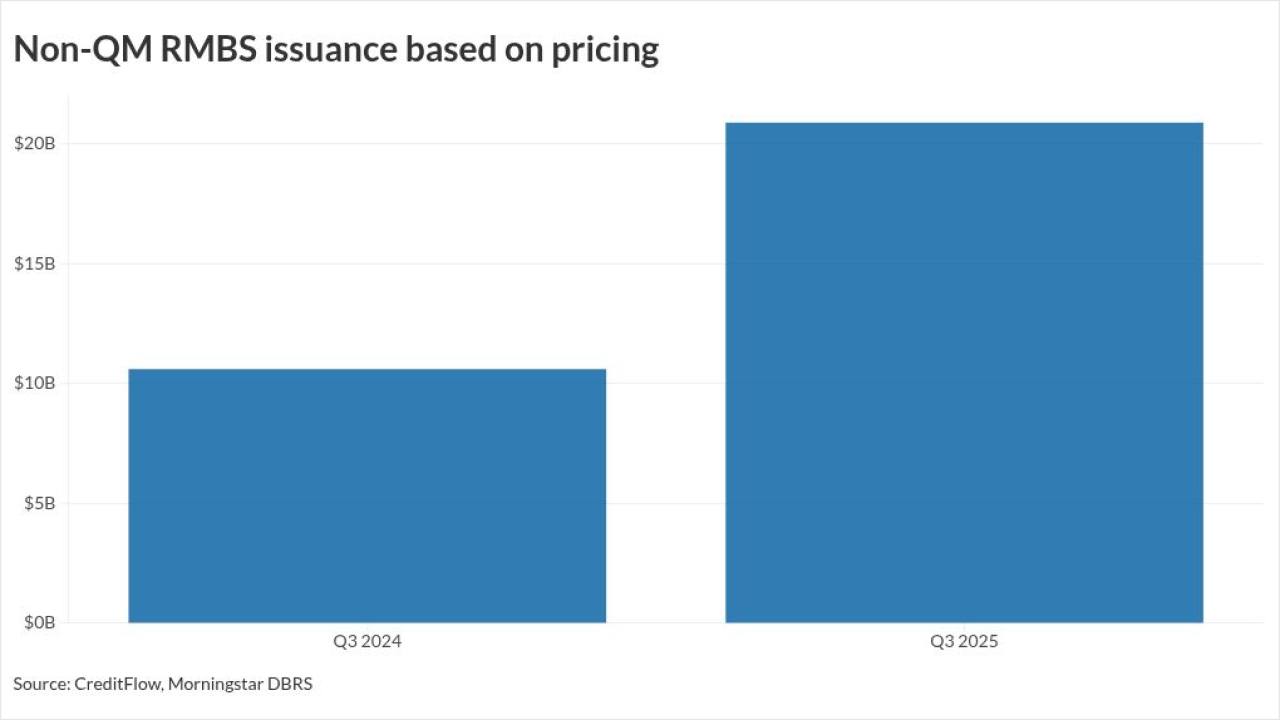
One of the most reliable indicators of a looming recession — when longer-dated Treasury bonds yield less than short-term bonds — might not be as foolproof as many believe, according to Federal Reserve Gov. Christopher Waller.
Speaking at an event at the Federal Reserve Bank of St. Louis on Tuesday, Waller cautioned against reading too much into the fact that two-year Treasuries are yielding higher than their 10-year counterparts, as they have been for more than a year.
This phenomenon is known as a
But Waller said the current yield environment is not necessarily a harbinger of slower growth. In fact, he argued, it could actually be a positive development.
"I always try to tell people, there's good inversions and there are bad inversions," Waller said. "This is a good one."
Waller — who said he was speaking as an academic rather than a policymaker — explained that 10-year Treasury yields could lag behind those of two-year notes because of the current inflationary environment. With sharply rising prices, he said, investors might want a premium for short-term commitments, but could feel comfortable about the longer-term outlook for price stability.
"If you think inflation is going to come down in the future, you don't need all this compensation for inflation if you hold a 10-year [note], but inflation is high in the short-run, so you need that compensation in the short run," Waller said. "So the short rate is above the long, but it's good news, because what are the markets thinking? Inflation is coming down. The Fed is going to do their job. That's a good thing."
Long-term Treasury values are used as a benchmark for many financial instruments, including mortgages and other loans. Last month, yields rose to their highest levels since the subprime mortgage crisis, a development that
"These higher treasury yields are showing through to higher borrowing costs for households and businesses," Powell said. "Those higher costs are going to weigh on economic activity."
There has been some speculation that yields have been rising in anticipation of further tightening of interest rates, but Fed officials have pushed back against that narrative. In a speech on financial stability yesterday, Fed Gov. Lisa Cook said that interest rate trends have many facets.
"Decompositions between changes in expected rates and term premiums depend on the specific models and assumptions used, but I would say that an expectation of higher near-term policy rates does not appear to be causing the increase in longer-term rates," she said.

Meanwhile, as yields paid by newly issued notes rise, the value of existing Treasury securities fall, a development that weighs on banks' balance sheets. This dynamic has led to mounting
Despite the demise of Silicon Valley Bank in March, which failed in part because of depositor concerns over losses on its Treasury securities holdings, Waller said he is not concerned about similar outcomes as the Fed keeps interest rates higher and considers additional hikes.
"Congress told me what to focus on: Employment and price stability. They didn't tell me to worry about banks' balance sheets," Waller said. "Banks have to deal with interest rate risk all the time. They manage this every week. This is not something new."
Waller noted that the Fed had tools to deal with such losses, pointing to the Bank Term Fund Program, an emergency liquidity facility set up by the central bank to stave off additional bank runs this spring.
Still, funding concerns remain a focal point for the Fed. In her speech on Monday, Cook said the risk of
"Some banks have had to turn to higher-cost funding sources to make up for lost deposits and face reduced market values for investment securities," Cook said. She added that activities by hedge funds, money market funds, insurers and others "give rise to a liquidity mismatch that could amplify market stress."





